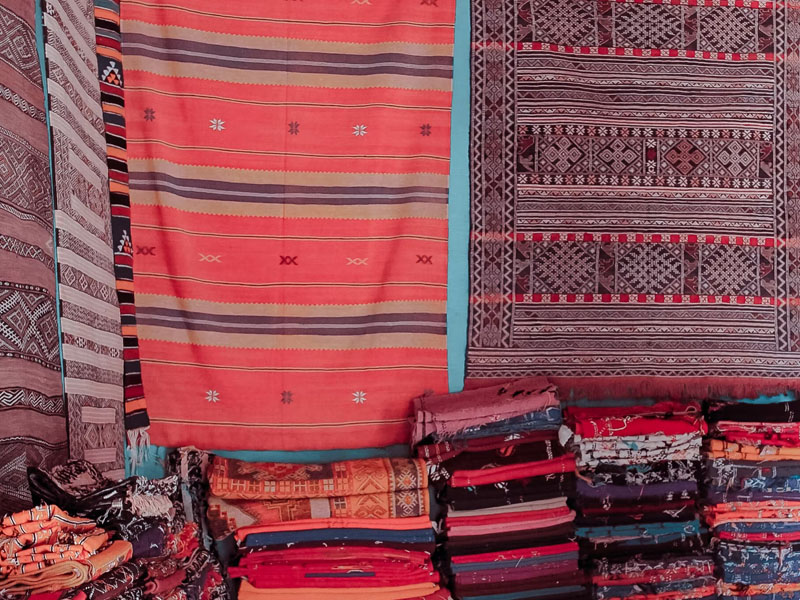Research into Moroccan carpets and manufacturing traditions and their survival in the age of globalization
Issue 28

The history of the Moroccan carpet reflects rich artistic traditions and social dimensions that mean it was once more than a craft for Moroccans. The emergence of modern techniques changed the carpet from a handmade product to one that was produced by machines and computer programs, then to a mass commercial product.

The Moroccan carpet, (known locally as ‘Al Zarbiyya’), has preserved its rich artistic aspects. When women wove these carpets by hand, they came in a variety of shapes and depicted many subjects. So, how has the Moroccan carpet managed to survive? How did it evolve from a simple product that people used to meet their daily needs into an art form that produces masterpieces? How has carpet-making survived globalization?
Al Zarbiyya is associated with the perseverance of traditional society in both the city and Bedouin areas. In order to preserve traditions and allegiance to tribal social values, people must collaborate and integrate the roles and tasks involved in Al Zarbiyya. Social change, the development of society’s structure and changing lifestyles make it necessary to reconsider the priorities and relationships between the traditional industries and all aspects of material folk culture, especially in light of open markets and the influx of similar machine-made goods and weaving materials. The traditional craft of Al Zarbiyya is threatened by machine-made substitutes, (although they are of inferior quality), and by the lack of traditional materials.
Yusuf Nawri
Morocco







































































